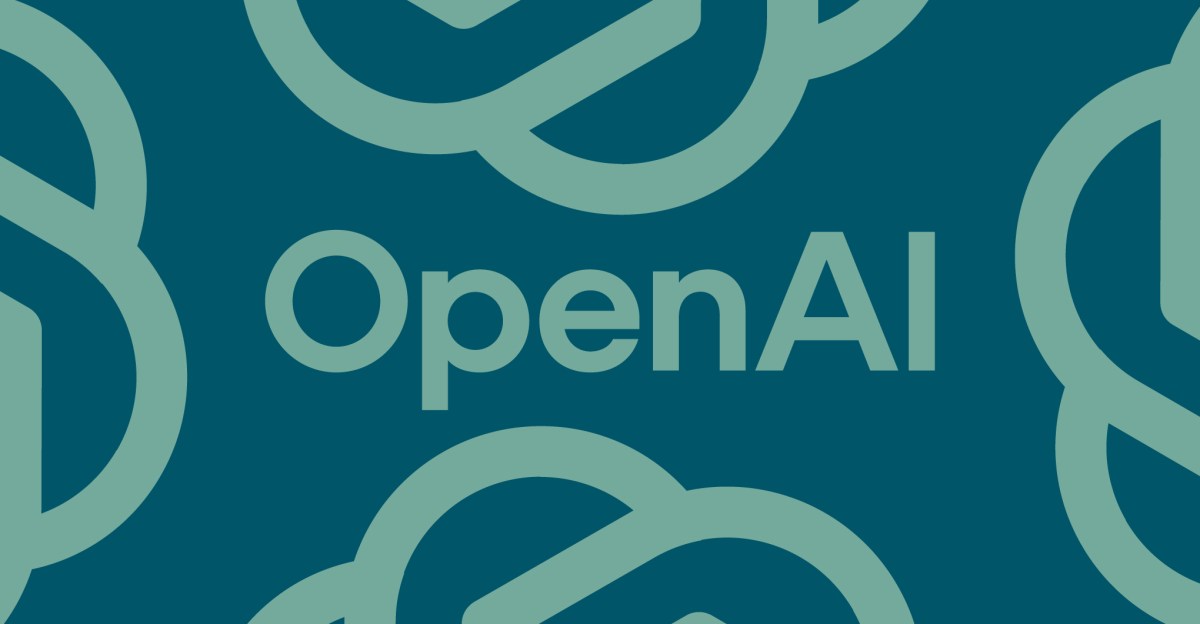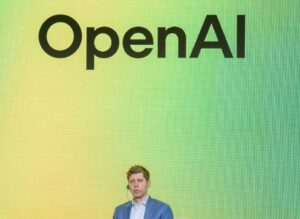Adobe and Figma Tools to Incorporate ChatGPT’s Enhanced Image Generation Model

OpenAI’s Image Generation Model: Exciting Developments
OpenAI has recently enhanced its image generation capabilities within ChatGPT, an upgrade that has attracted a significant number of users due to its ability to create visually appealing images in styles reminiscent of Studio Ghibli and other artistic themes. This advancement is now extending beyond ChatGPT and will soon be available in various applications through an API called “gpt-image-1.”
Key Features of the “gpt-image-1” Model
OpenAI describes the “gpt-image-1” model as a “natively multimodal model,” meaning that it can handle different types of data input, including text and images. The platform offers several notable features:
- Versatility: The model is capable of creating images in a wide range of artistic styles.
- Customization: It adheres to specific guidelines provided by users, allowing for personalized creations.
- Knowledge Integration: The model draws on a vast pool of world knowledge to enhance its image generation.
- Text Rendering: It can accurately incorporate and render text within images.
These features open up multiple possibilities for practical applications in various fields such as marketing, education, and content creation.
Integration into Popular Software
Several well-known companies are integrating this powerful image generation model into their own platforms, enhancing their tools for creators and designers.
Adobe’s Incorporation
Adobe, known for its suite of creative tools, is adapting OpenAI’s technology across its products, including Firefly and Express. This integration provides users with the flexibility to create images in different styles, which is particularly beneficial for:
- Business Professionals: They can generate unique visuals for presentations and marketing materials.
- Consumers: Individuals can create personalized art and designs.
- Creators: Artists and designers can explore new aesthetic directions in their work.
Adobe’s aim is to empower users to experiment and innovate using AI-driven design capabilities.
Figma’s New Features
Figma is another significant player leveraging OpenAI’s advancements. Starting from today, users will have the opportunity to utilize the “gpt-image-1” model directly within Figma Design. Some of the exciting functionalities include:
- Image Generation from Prompts: Users can create images based on simple text prompts.
- Editing Capabilities: Adjustments like changing styles, adding or removing elements, and modifying backgrounds can be done seamlessly.
- Rapid Design Iterations: This integration allows designers to quickly explore and visualize their ideas, making the design process more efficient.
Expanding Partnerships
OpenAI is actively collaborating with several developers and businesses to explore additional applications for image generation. Companies like Canva, GoDaddy, and Instacart are also on board, indicating the broad interest in integrating advanced AI capabilities into everyday tools.
Availability of the Model
Initially, the “gpt-image-1” model will be available through OpenAI’s Images API. The company has also announced that support for the Responses API will be rolling out soon, further enhancing the functionality and accessibility of AI-generated imagery.
OpenAI’s innovative strides in multimodal technology are shaping the future of design and creativity, transforming how users interact with art and visuals across various platforms. As more applications adopt these advancements, they are set to redefine artistic expression and digital creation capabilities.






